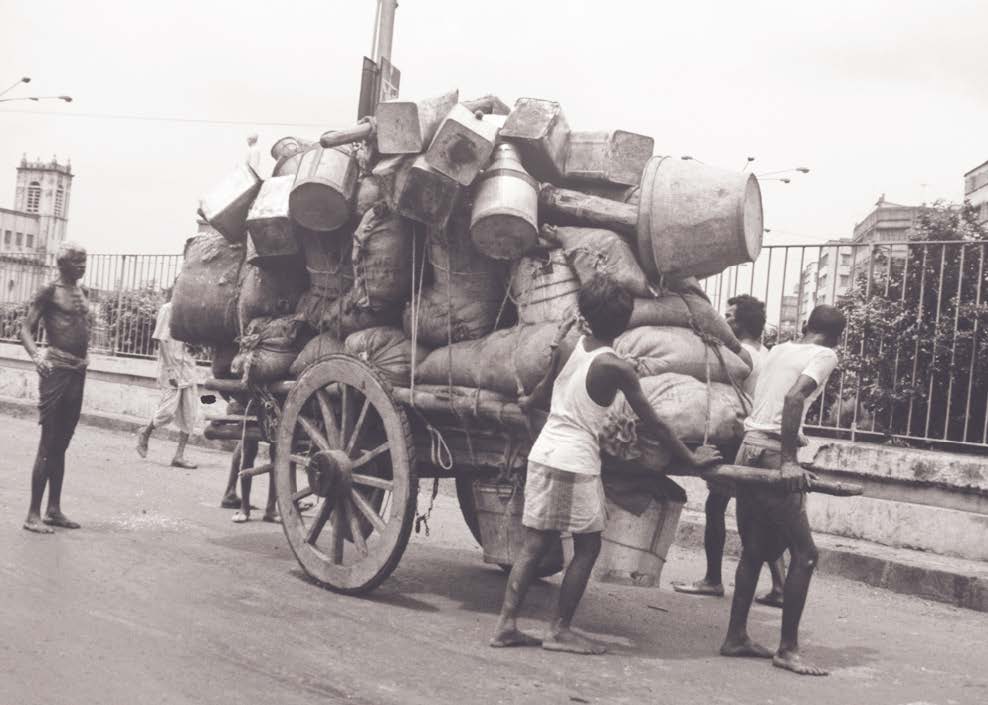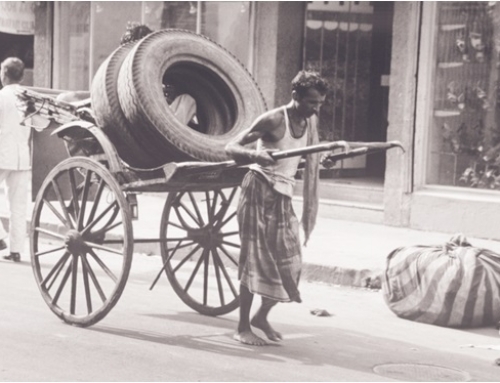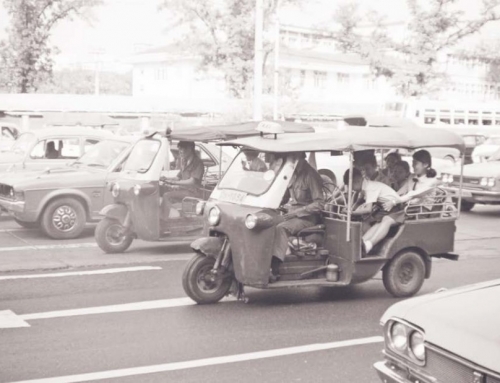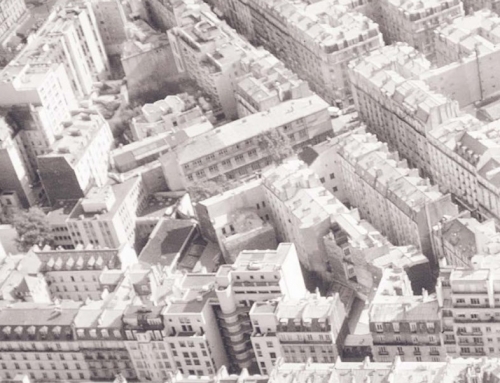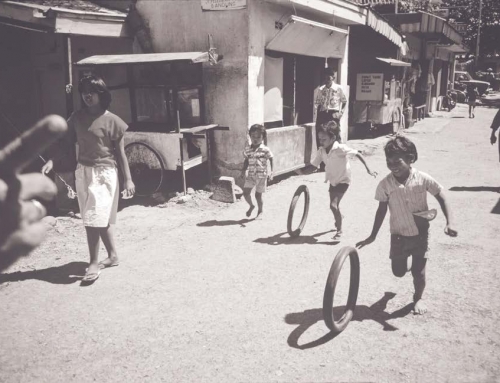A month before his passing I had the pleasure of meeting Mel Webber for lunch, as I had done many times before, at his favorite table in the corner of the bar at the Faculty Club on the Berkeley campus. Over his left shoulder was the large window through which the landmark campanile clock was clearly visible in the bright blue sky over the deep green of the trees that line Strawberry Creek. Mel was like no other person I knew well. After decades of warm friendship he still surprised me at every meeting by asking questions I never anticipated. This visit was no different. He took out a small notebook and a worn, stubby pencil, and placed them on the table. He ordered a modest, healthful lunch and when the waiter departed he leaned forward and in a voice made husky by his illness he asked me to tell him what he had contributed to the world. His life was ending, he said in a tone not so different than the one he used when he had ordered his sandwich, and he wanted to know how his friends would remember him. He picked up the pencil, opened the notebook to a blank page, and awaited my reply. Overwhelmed by the question and thoroughly intimidated by the realization that it was deeply important to a man who had given me so much, I did my best to reply sincerely.
Mel soon put the pencil down and he wrote nothing in the notebook. My answers did not impress him. Always the skeptic, when I told him how influential I thought his essays had been and that every student of planning made reference to his notion of “wicked problems” and knew after a week of planning school that there could be “communities without propinquity,” he said, apparently with complete honesty, “anybody could have done that. I would have hoped to have contributed more.”
How does one measure the contributions of a person, no matter how unique, to a thoughtful and constantly changing community of scholarship and action in the world of policy?
Since that meeting, which we both knew could very likely be our last, I have thought often about his question. How does one measure the contributions of a person, no matter how unique, to a thoughtful and constantly changing community of scholarship and action in the world of policy? It is not easy because each of our contributions draws upon the wisdom and insight of those around us. Few of our ideas are exclusively our own. Mel understood this better than most. Though I had learned that from him I found it hard to find the right words on that occasion to tell him he had done exceptionally well in that world and had taught many others the importance of this idea. His greatest contributions were to our community and are not easy to point to in a book or journal. They are found in our collective capacity to teach and to plan; in our institutions and organi- zations and in our individual conceptions of our field. He took care of our organizations so very carefully. He tended to them like a master gardener looks after prized orchids. He never demanded perfection but constantly hoped for progress. Our collective inability to create increasingly harmonious and productive departments and research institutes worried him far more than his next project or essay.
Through the decade of the 1960s the field of urban planning was largely an offshoot of architecture. Planning mostly meant physical planning and university education for planners took place in studios at drawing boards. Most of the teachers were or had recently been practitioners, not scholars. They thought of cities in terms of geometries and relationships among land uses. Their students, they knew, would do their work shaping the physical world and not primarily through books. Certainly, relationships between the physical, economic, and social dimensions of cities were recognized. Planners cared about the influences of demographic and employment trends, but their focus was on the look and feel of the city. And on getting it built. They had inherited from their teachers and employers a commitment to improving the quality of life by improving the physical environment. While the object of planning thought was the physical environment, it is important that the dominant mode of thinking also came from the design professions. Ideas were strongly influenced by normative thinking; some conceptualizations were by consensus inherently considered more sound than others. The proof of an idea was in the experience and in the reactions of peers. The goal was synthesis—to assemble a plan sensitively and wisely. Styles and fashions and agreement were the modes of recognizing outstanding achievements.
Undoubtedly the most important shift to have occurred in the last century in planning education was the elevation of social sciences to equal status with the design professions among the root disciplines of planning. Young radicals, among them Melvin Webber, argued that one had to understand economics and social change using deeper, analytical, quantitative approaches, in order to wisely shape the future of urban areas. Many early planners were too taken with physical determinism. Better designs, it was believed, could create health and prosperity. Wiser heads asserted that cities were complex agglomerations of many different types of processes. Urban form was the result of many forces. While the physical forms that made up the city were the most tangible, they could not be understood except in concert with an understanding of economic trends and changing societal norms. With many colleagues—he always worked in teams—Mel argued that the City Planning program at Berkeley needed to include sociologists, geographers, economists, and engineers. He set about bringing them into studios, classrooms, and ongoing dialogues. He succeeded in getting a federal grant that brought analysts and health specialists into contact with architects and designers. This was no happy marriage. Sparks flew and tempers flared; some walked out and kept their distance for decades; Mel simply said, “That’s okay.”
Mel’s greatest contributions were to our community and are not easy to point to in a book or journal.
Modes of thinking are learned over many decades and handed down from teacher to student. The pace of real change is glacial. Gradually, we came to understand that what was happening was not just the addition to planning thought of concern for the analysis of institutions and the study of social and economic influences. We were also learning, ever so gradually, to blend the analytical thinking of the sciences with the normative thinking of the design fields, and that was much harder to do. The integration of these modes of thought about problems is still very much needed but rarely realized despite the passage of fifty years. Today planning students still take classes in multivariate statistical analysis from one professor and design studios from another. Integration of the subject matter from different courses is left to the students mostly because it is too difficult an assignment for their professors to accept willingly. Rarely do professors from those two kinds of courses collaborate on research or in practical applications of their work. In only a small minority of planning programs do students find it possible to integrate the two subject matters or modes of thinking into a single project. Mel’s legacy is our collective realization that this is an important task. We have left it undone because it has been easier to be productive within our well-developed subfields than to focus in real depth on erasing their boundaries. We drill deeper into our specializations without questioning how to better fit them together in service of society.
Mel’s deep skepticism was almost a caricature. He often asked such questions as: “How do you know that? What is the evidence? Where is the test? Where is the proof?” He had the audacity to ask, over and over again, and apparently from genuine curiosity, whether our most widely held beliefs could actually be supported by evidence. Why was rapid transit good for a region like the Bay Area? Why was the auto- mobile bad for the environment? If you are concerned about air pollution why not make car exhaust cleaner rather than oppose more cars? Why is lower-density suburban development hated by planners and loved by families? Or is it, really?
Our answers to his repeated questions were to him as inadequate as were my answers to his question at our lunch meeting. They reveal that some of us think norma- tively and synthetically: some approaches to urban problems are good because we believe them to be so. Others of us think analytically: we weigh the evidence and reshape our conclusions, but remain hesitant to arrive at recommendations for action on the basis of all that study. If we could better integrate these modes of thinking we could do a better job of answering his questions.
Smart growth is all the rage. New students enter schools of planning committed to making it happen. Books and journal articles abound that label suburban sprawl outmoded, wrongheaded, and damaging to the environment. High-density, mixed land use nodes at locations well served by public transit are seen by some as inherently good. They will revitalize the cores of our urban areas and slow the spread of low-density suburbs in which people have no choice but to drive to every destination. Smart growth will save energy, induce improvements in physical health through walking and cycling, and provide more fulfilling lifestyles. To others these claims are unconvincing, and lifestyles characterized by lower suburban densities and single family homes with three-car garages are an expression of personal preference and the workings of the free market. To still others, describing outcomes of the current system as an expression of the workings of the free market lacks credibility because mortgage subsidies, property tax deductions, zoning and subdivision regulations, and highly subsidized public services all channel city building into styles and locations that limit rather than enhance free choice.
This is the kind of controversy that made Mel Webber smile. He was skeptical of all positions and hopeful that systematic analysis could lead to important findings and genuine clarification. Ongoing scholarly investigations based on the honest application of increasingly sophisticated methods should be capable of resolving at least some of these points of contention. At the moment, however, our community of scholars is becoming more polarized by differences in belief and methodology. Journal articles are being rejected because their conclusions are not ideologically acceptable to one perspective or another. Reviewers discover “serious” flaws in methodology when a paper’s conclusions differ from their own, but overlook those flaws when they agree with a paper’s conclusions. Analyses are conducted that focus on the two percent explanatory power of the physical environment, while ignoring the eighty percent explained by social and demographic trends. In other words, we have come a long way in the complexity of our methods but the framework of inquiry continues to be inadequate. We are still falling into the trap of physical determinism, but are doing it more elegantly thanks to geographic information systems, multinomial logit models, and systems of structural equations models.
Melvin Webber cared more about asking the right question than finding the right answer. He cared more about building an inquiring community than proving a particular point. His values and hard work with his colleagues made a fundamental contribution to transportation systems thinking and to planning education over a span of fifty years and they can make a similar contribution in the future. They are needed today no less than when he came to Berkeley. I wish I had thought of saying that to Mel at lunch when he asked me to describe his accomplishments. Yet I know that he would have responded with skepticism, saying, “Are you sure that’s right?”

